For anyone familiar with the work of Emefa Cole, the news of her appointment to the V&A Museum, as its inaugural curator of jewellery (diaspora), feels like the logical next step in a career that grew out of a fascination for unearthing. Cole's childhood was spent in Ghana - and her memories of that time centre around digging through flowerbeds and exploring the Encyclopædia Britannica. It was this early desire to find answers that perhaps led to her initial choice of career: forensic science. While it wasn’t one she eventually pursued - instead founding her eponymous brand in 2012 - she’s still intrigued by what lies beneath the surface.

As you might expect, she's always been drawn to museums, housing, as they do, historical and even extinct objects that have their own stories to tell. 'For me, there’s always this thread between the present, the past and the future,' she says, adding that wherever she finds herself in the world, she has to go to a museum or archeological site. 'I just love that window into the past. And learning about objects, things that we don’t use anymore. For instance, I love perfume, I love to look at old perfume bottles. It allows you to walk through an ancient world. And also seeing how these objects live beyond the people who created [them] just goes to show how when things are made well, they last for eternity.'
As much as there is to learn from the past, Cole, as she said, is also focussed on the future - and, in particular, the next generation of makers. That's why this new role is so vital at the V&A. 'As the world’s leading museum for art and design, I think it’s extremely important to represent the globe,' she says. 'Work that is represented in here should be reflective of the diversity of London, Britain and the rest of the world, especially as a museum that serves to inspire future makers.' For a child, seeing that something special enough to be displayed in a museum is made by someone who looks like them is the difference between feeling a spark - a sense of, 'That could be me,' - and feeling alienated. 'It will just inspire them in a more personal way,' says Cole. 'Being able to see things made by an African, or someone from Asia, or South America. In 2022, it’s really important that we’re all represented in the world’s leading museum.'
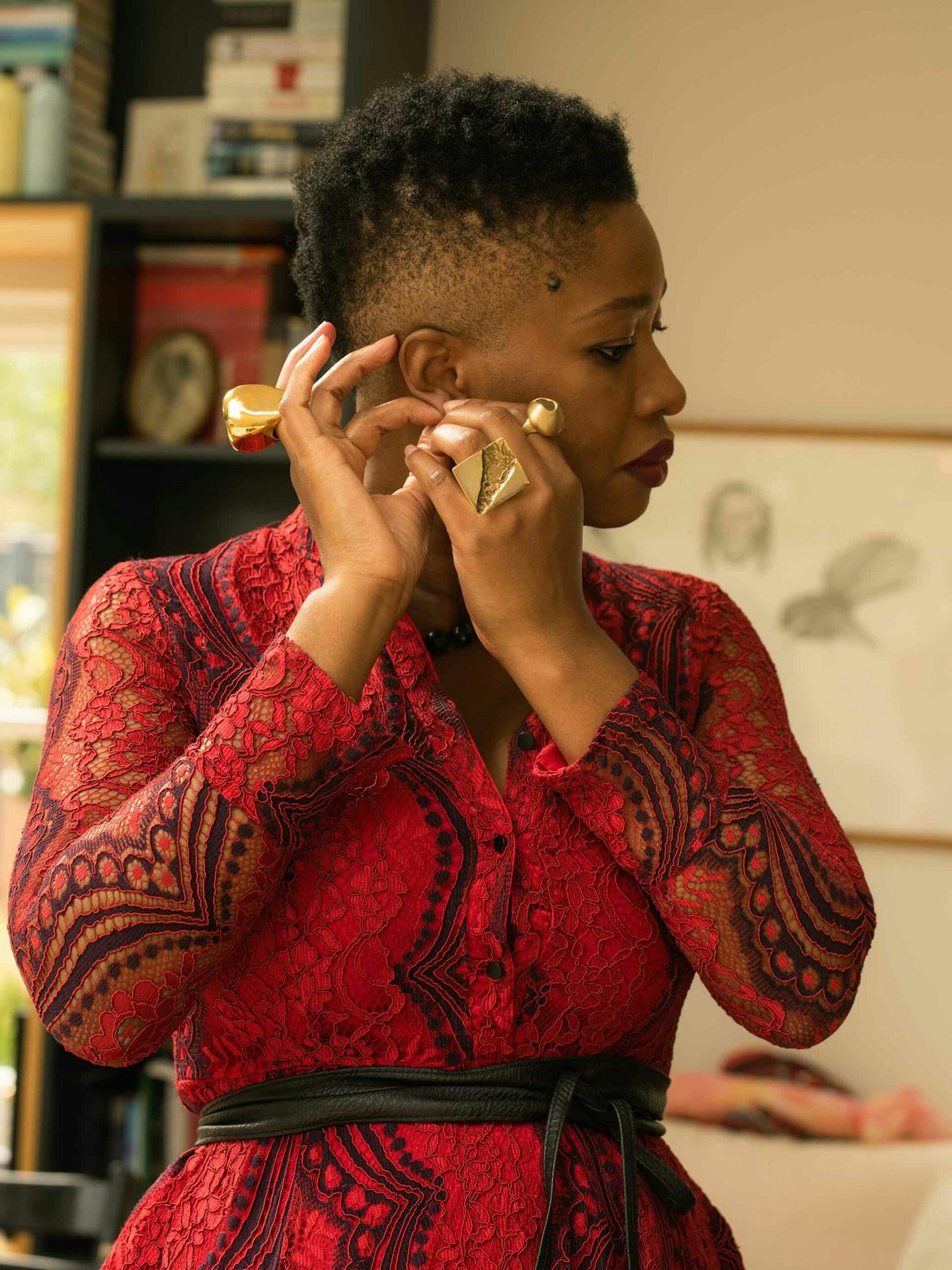
Her own pieces - one of which is already displayed at the V&A - take the shape of the natural processes she finds so enthralling: stud earrings resemble a rock that’s been eroded by rushing water; a cuff looks like molten magma; a ring mirrors a crater. 'When you really analyse my work, it’s about time and erosion and memory and that slow process where earth almost gives birth to things or peels away layers.' Travelling back to Ghana, Cole was able to learn the art of lost-wax casting from Nana Poku Amponsah Dwumfour, goldsmith to the King, Otumfuo Nana Osei Tutu II, a technique that gives her pieces a precious sense of historical resonance, while still looking timeless and often futuristic.
She's intrigued by the two worlds she now finds herself in, that of her jewellery and that of the V&A, and is full of excitement about they will collide and interact. 'I think there’s something really beautiful happening.' In the meantime, she's just grateful for the opportunity to do this work. 'In my opinion, this is the best jewellery collection in the world. I’m not just saying that. It would be great to shine a spotlight on makers who would otherwise go unrecognised, makers who are creating outstanding works and have been doing so for years and years and years.'
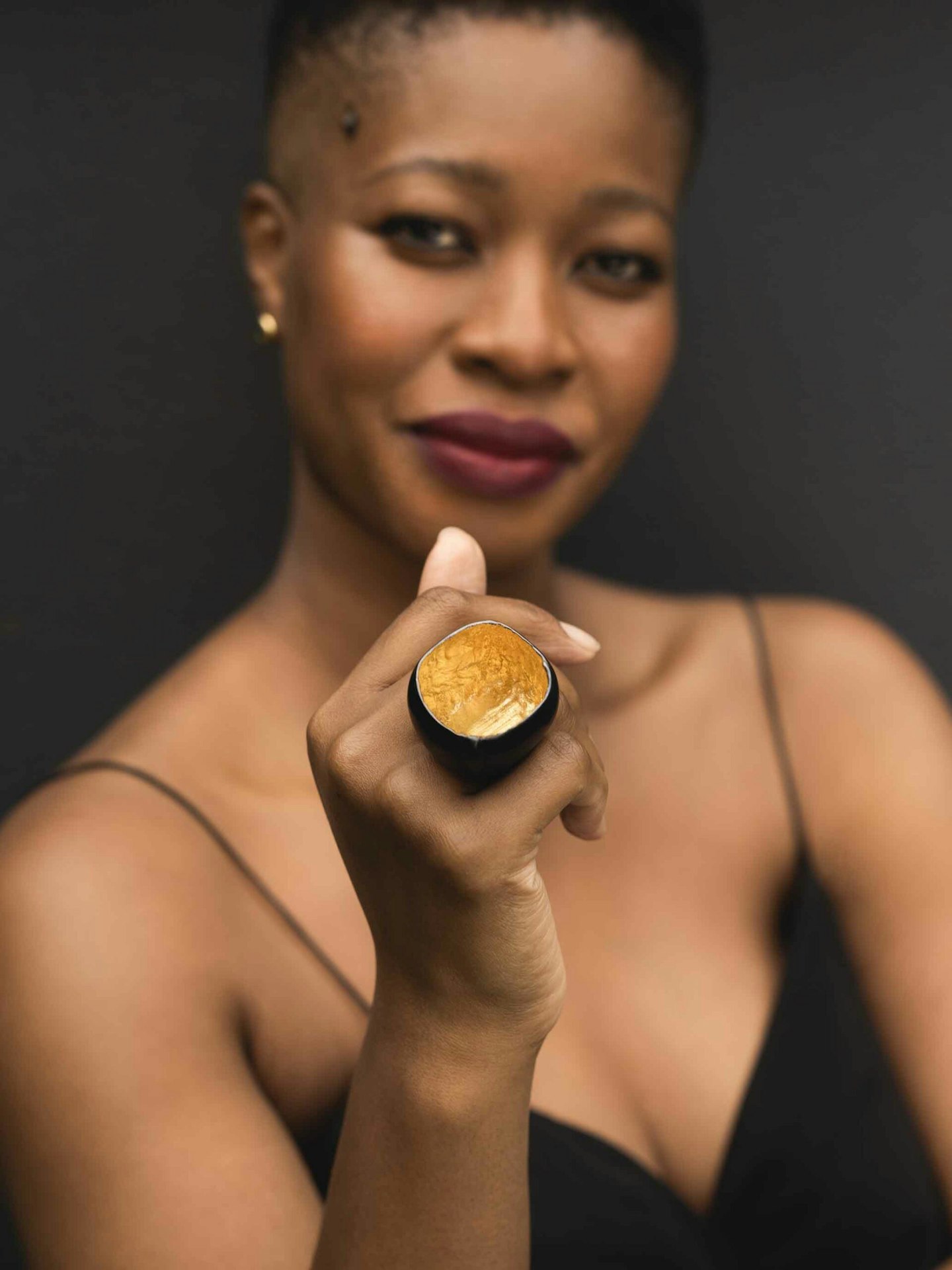
SHOP: Emefa Cole's Jewellery
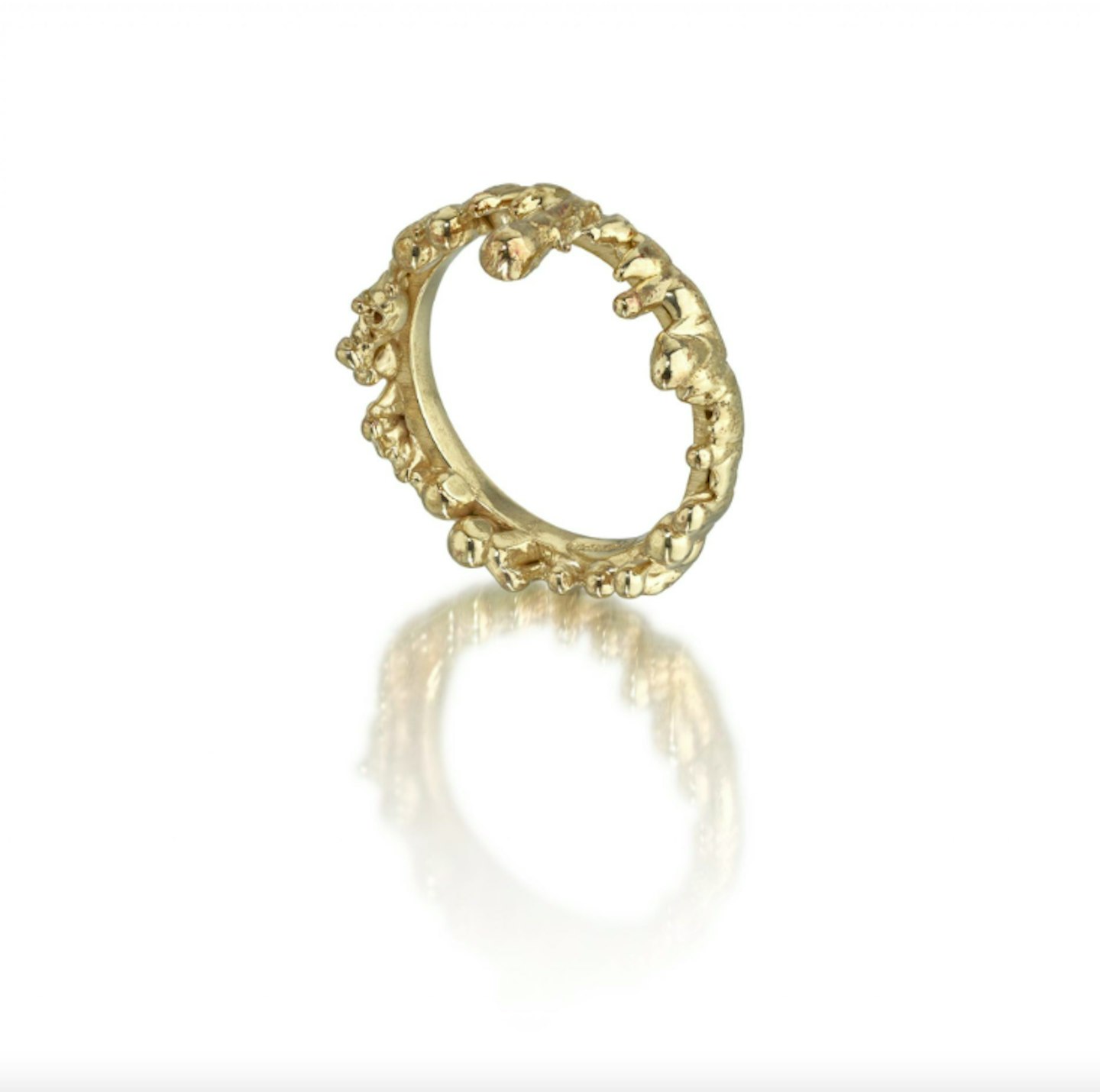 1 of 6
1 of 6Flow Ring
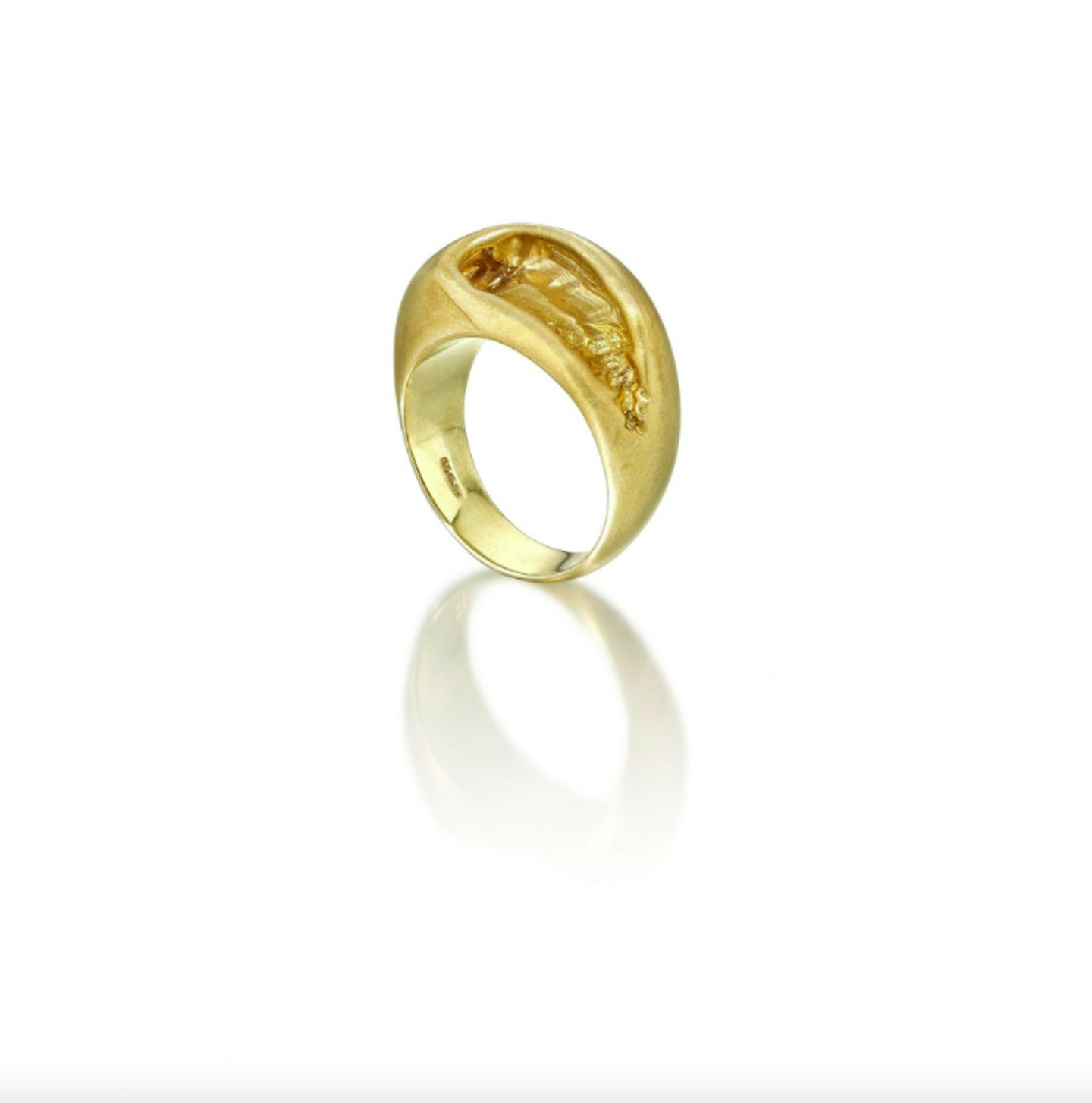 2 of 6
2 of 6Tube Ring
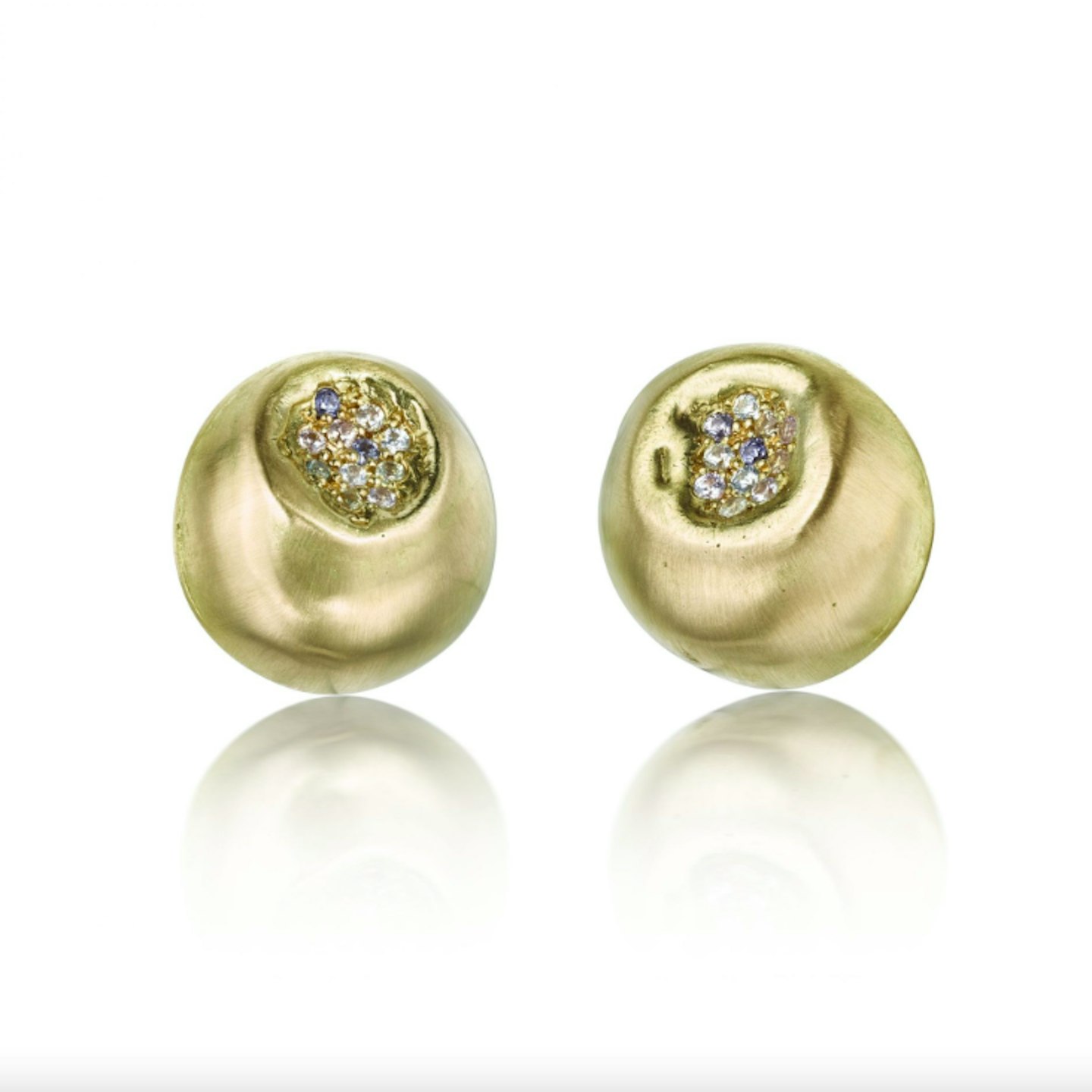 3 of 6
3 of 6Dimple Earrings
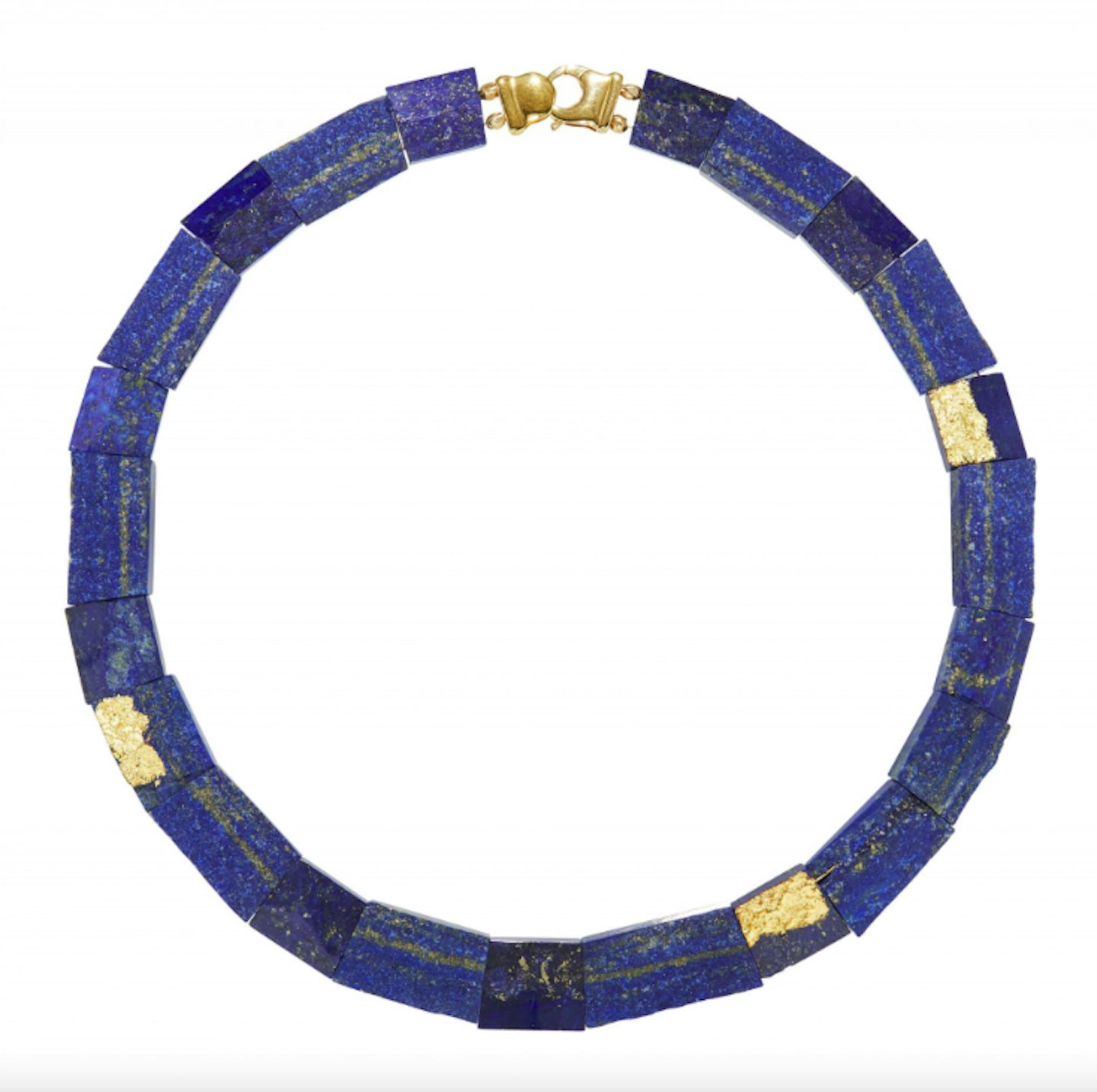 4 of 6
4 of 6Lapis Collar
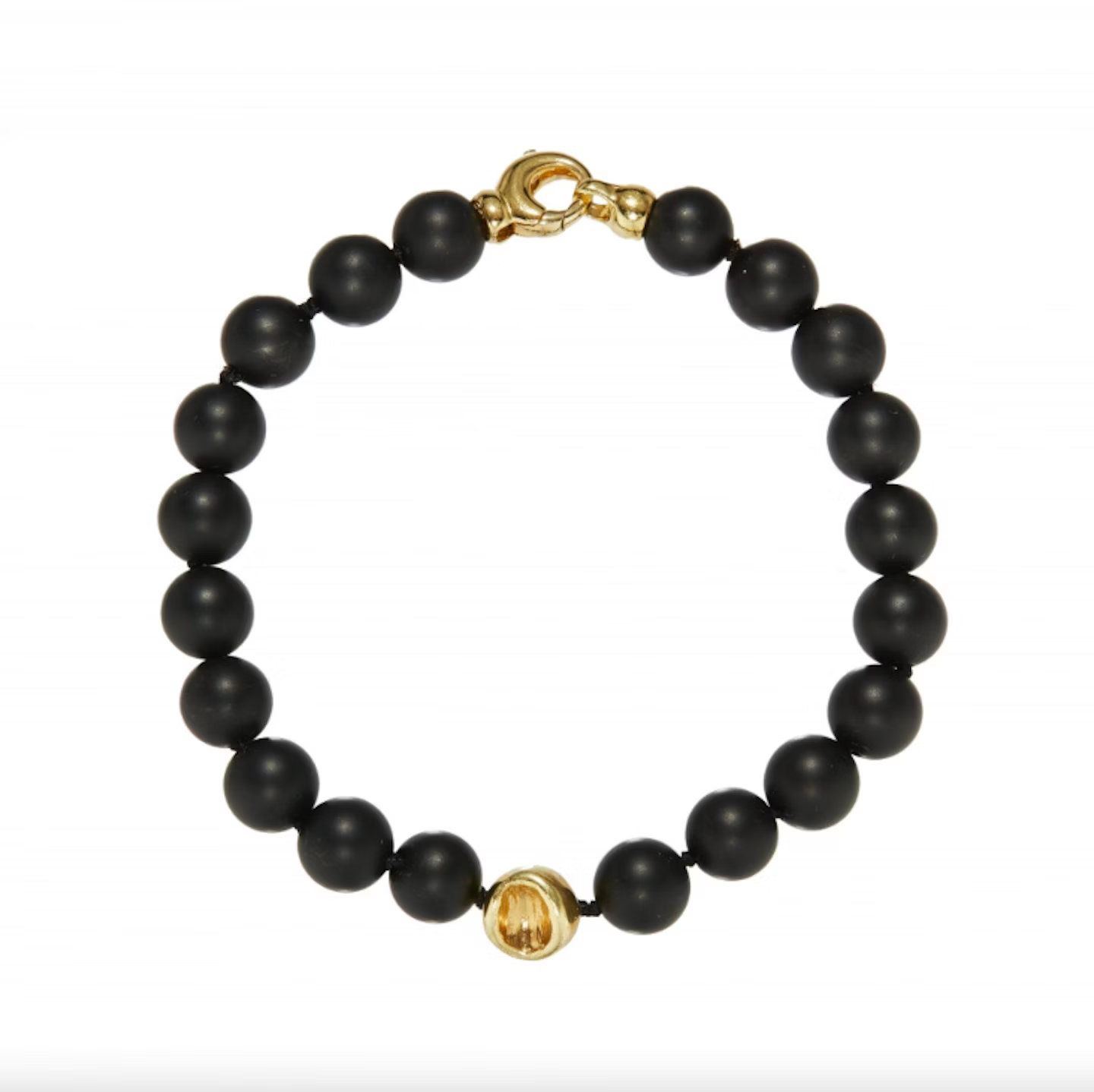 5 of 6
5 of 6Noble Bracelet
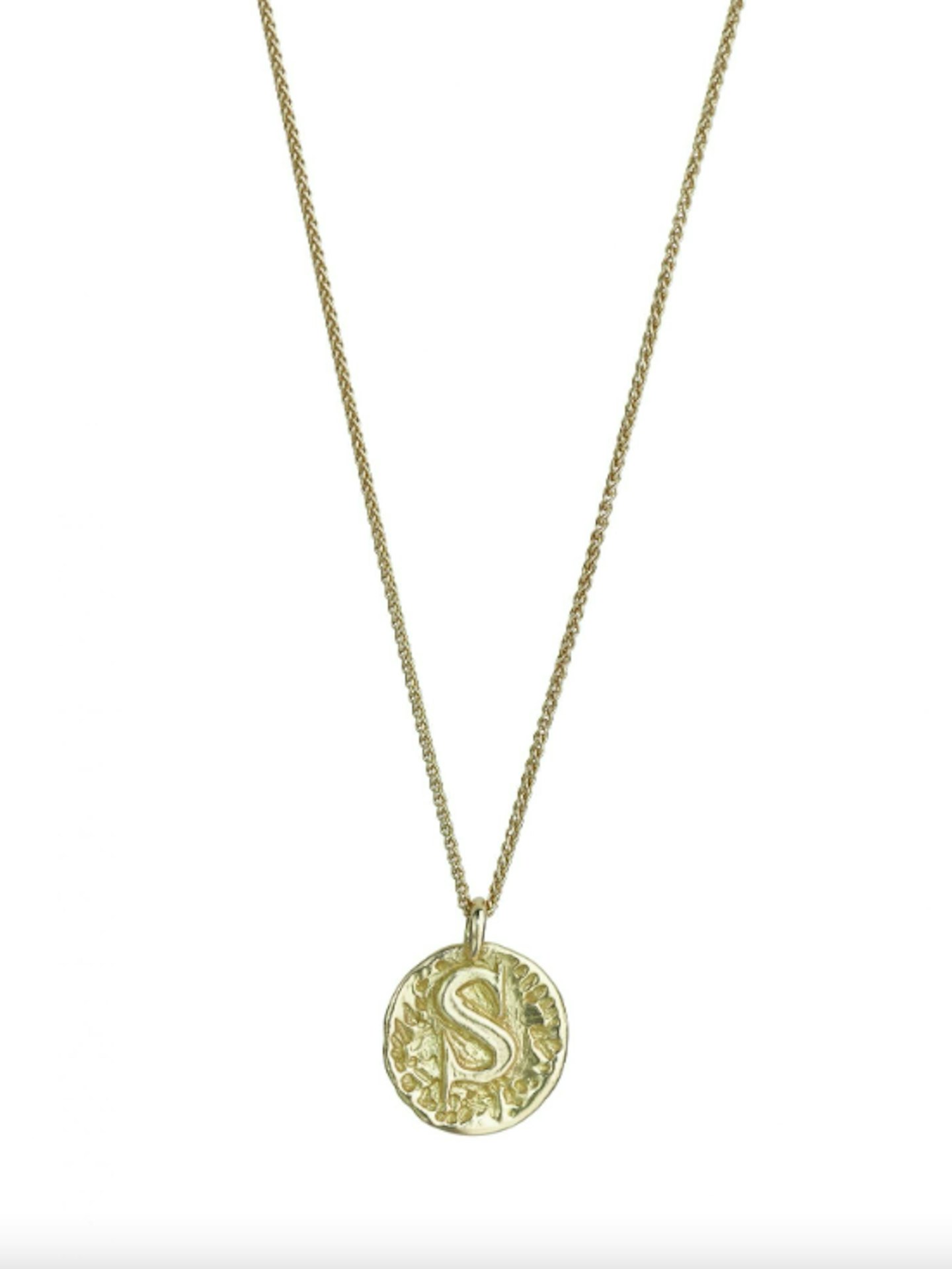 6 of 6
6 of 6